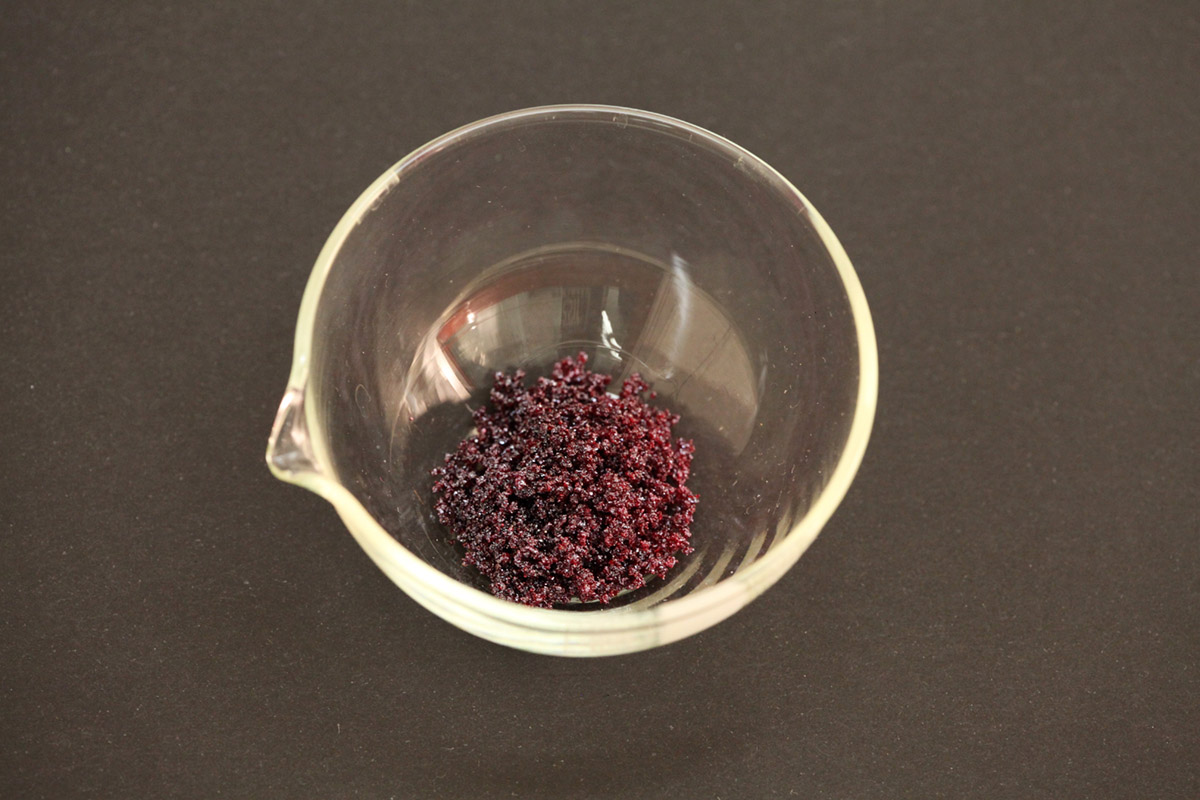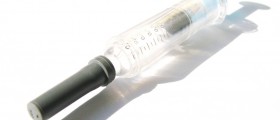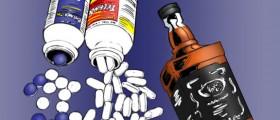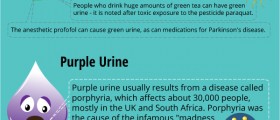
Chromium, like any other mineral, in trace amounts is essential to healthy functioning of the body. Chromium has several important health roles in the human body. This mineral helps to break down carbohydrates, proteins and fats, regulates blood sugar levels, improves function of the heart, controls levels of cholesterol and fat in the blood, prevents high blood pressure, protects DNA and regulates hunger.
Chromium can be found in two forms and they are chromium (III) or trivalent chromium and chromium (VI) or hexavalent chromium. Sources of chromium (III) are sweet potato, corn, brewer’s yeast, whole grains, beef, liver, poultry, turkey, liver, oysters and shellfish. Chromium (III) can be also found in different fruits and vegetables such as spinach, garlic, broccoli, lettuce, tomato, mushrooms, apple, banana, and orange. Foods that contain chromium (III) should be incorporated in everyday diet because it can contribute overall health. On the other hand, chromium (VI) is not found naturally in food but results from industrial pollution. Chromium (VI) doesn’t benefit the human health and it is toxic.
Chromium Toxicity
Compounds of chromium (III) as well as chromium metal are not considered to be damaging to health. However, chromium (VI) is well known for its toxicity carcinogenic property. Chromium is present in air in form of fine dust particles but it doesn’t remain in the atmosphere but it enters soil and water. Chromium can even reach underground water. Chromium from water doesn’t build up in the bodies of fish.
Chromium (III)
Chromium (III) plays a role in fat, protein and glucose metabolism which makes it essential element to humans. Chromium (III) is poorly absorbed by the body and since not a strong oxidizer it remains in that state due to natural acidity of the body.
Chromium (VI)
Chromium (VI) can be inhaled from contaminated air and cause nasal irritation like nose bleeds or runny nose, nasal ulcers and perforation of nasal septum. If too much chromium is ingested, that can result in stomach upsets and stomach ulcers. It can also lead to convulsions, damage to the kidneys and liver, and cause fatal outcome. Some compounds of chromium (VI) can cause skin ulcers in case of skin contact. Redness and swelling of the skin occurs if a person is allergic to either chromium (III) or chromium (VI). Chromium (VI) is very toxic because one of its compounds chromium (V) which is known as carcinogen. Chromium (V) accumulates in the lungs, kidneys and intestines. Toxicity of chromium is associated with increased risk of developing nasal, pharyngeal and gastrointestinal cancer.












_f_280x120.jpg)




Your thoughts on this
Loading...